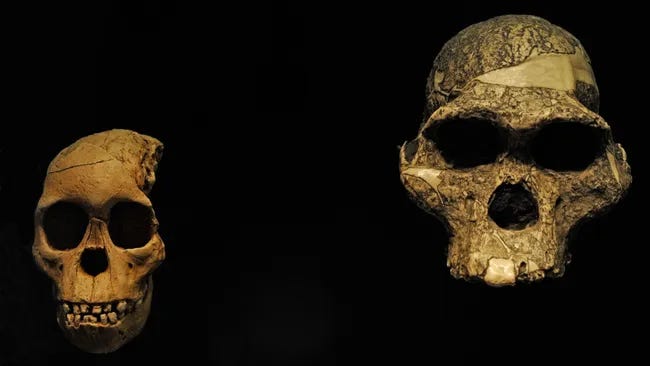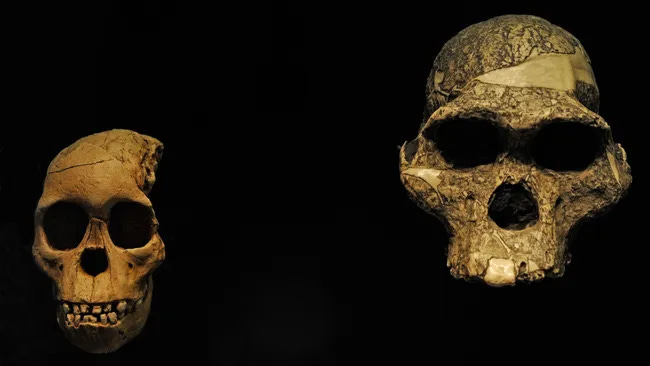More than a century ago, fossilized bones of Australopithecus africanus were unearthed in South Africa’s Sterkfontein Caves, adding to the growing evidence that Africa was home to some of the earliest human relatives. For decades, however, researchers faced a fundamental challenge—determining whether these ancient individuals were male or female. A new study, published in the South African Journal of Science, has finally provided an answer.
For the first time, scientists have used ancient proteins to determine the sex of a hominin fossil dating back 3.5 million years. By analyzing proteins preserved in tooth enamel, a team of researchers identified the individual as male, marking a breakthrough in paleoanthropology. This method, known as paleoproteomics, could allow scientists to extract biological details from fossils far older than what DNA analysis can provide.


